Redflex Approves Executive Raises, Expects Profit
Redflex shareholders on Friday approved big pay hikes for the photo enforcement firm’s top management at the annual meeting in Victoria, Australia. Redflex has cornered 44 percent of the red light camera and speed camera market in the US, although Arizona-based rival American Traffic Solutions (ATS) is catching up to its down under competitor with a 41 percent market share.
Investors looked past the 92.6 percent drop in profit for the year — down to just US$437,300 — in signing off on the executive compensation packages with a show of hands. Karen Finley, the head of US operations, will be paid $498,108, a figure that includes 79,701 shares of stock incentives worth $189,108. CEO Graham Davie will be paid $496,637, including $186,262 in stock. Proxy votes showed very little opposition to these amounts, but there was some controversy over the plan to increase the maximum annual payment to company directors from $396,000 to $693,000. The directors had insisted that they were entitled to the boost because they have been working hard to sell Redflex to a firm like Siemens AG or Macquarie Bank. Although the salary increase passed, 47 percent of the proxies registered their objection. Shareholders are anxious to cash in from a potential sale.
“If and when firm offers are received, the board will assess the offers and determine whether to recommend an offer to shareholders,” board Chairman Max Findlay said in his opening remarks. “The board has not made any decision as to the ultimate outcome of the process at this stage and gives no assurance that a suitable offer will be forthcoming from the process.”
In the meantime, Findlay explained that his firm would remain committed to its number one priority.
“We have set strategic principles to guide the direction of the company, and the actions flowing from those strategic initiatives are starting to bear fruit,” Findlay said. “Key elements of the strategy are: maximizing revenue from existing, new and renewed contracts; identifying new sources of revenue from existing customers.”
The firm sees a potential for revived profits now that it has beaten back the lawsuit by ATS, which lost the case on all counts before a jury. Redflex also wrote off the millions lost on the failed Arizona freeway photo radar experiment.
“The contract encountered problems early with delays in access to required court data, resource constraints in the court system resulting in a large number of citations being rejected, intense media and interest group opposition, poor collection rates, with citizens actively encouraged not to pay fines, and many items of proposed legislation introduced that could have had a major negative impact on the program,” Findlay said. “As a consequence of many of these issues, the contract ran at a loss.”
Redflex also highlighted the growing unpopularity of automated ticketing machines — as highlighted in the massive loss at the ballot box on November 2 — as a development that allows Redflex to maintain its competitive advantage. ATS lost one of its largest accounts when Houston, Texas voters ousted red light cameras.
“Most of the cities that do not renew at end of contract have made a decision not to continue photo enforcement activity, and do not move their business to a competitor,” Davie said. “We have also seen a small number of contracts terminated for various reasons before end of contract.”
[Courtesy: Thenewspaper.com]
More by The Newspaper
Latest Car Reviews
Read moreLatest Product Reviews
Read moreRecent Comments
- 3-On-The-Tree My 2009 C6 corvette in black looks great when it’s all washed and waxed but after driving down my 1.3 mile long dirt road it’s a dust magnet. I like white because dust doesn’t how up easily. Both my current 2021 Tundra and previous 2014 Ford F-150 3.5L Ecobomb are white
- Bd2 Would be sweet on a Telluride.
- Luke42 When will they release a Gladiator 4xe?I don’t care what color it is, but I do care about being able to plug it in.
- Bd2 As I have posited here numerous times; the Hyundai Pony Coupe of 1974 was the most influential sports and, later on, supercar template. This Toyota is a prime example of Hyundai's primal influence upon the design industry. Just look at the years, 1976 > 1974, so the numbers bear Hyundai out and this Toyota is the copy.
- MaintenanceCosts Two of my four cars currently have tires that have remaining tread life but 2017 date codes. Time for a tire-stravaganza pretty soon.

























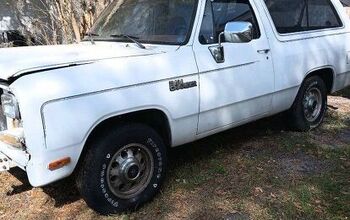


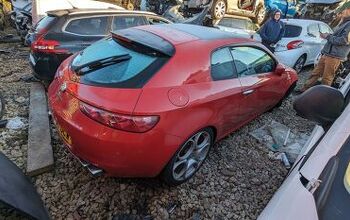
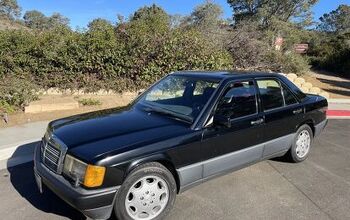

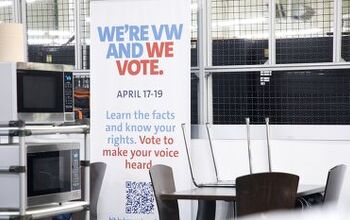

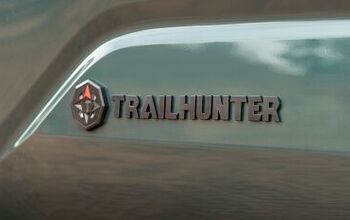
Comments
Join the conversation
As long as the Redflex (and ATS) executives keep pouring money into whatever it takes to keep alive THE BIG LIE known as the Kell and Fullerton equation used to set the yellow light time, they will continue to be handsomely paid. For the record, there should NEVER, NEVER, NEVER, EVER be a yellow less than 4.5 seconds ANYWHERE in the United States. A shrewd attorney and skilled traffic engineer will one day make a name for themselves in a courtroom making this so. Setting a yellow at 2.7 seconds to make a buck off drivers is stupid and idiotic, dangerous, and a complete failure of the duty to ensure public safety.